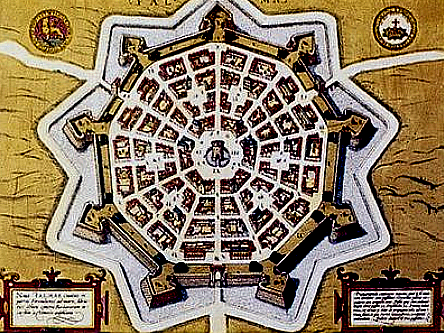“Who carved the nucleus before it fell into 6 prongs of ice?” Kepler asked himself whilst considering the snowflakes that had fallen on his coat. “All with six corners and feathered radii.”

In Kepler’s short booklet, he would try to describe the intricate patterns that “come from the heavens and look like stars”. The booklet would be a new year’s present dedicated, not to his patron Emperor Rudolph 11 (who never paid him on time), but to Wacker von Wackenfels. Whom Kepler called “a devotee of nothing.”
These musings later led Kepler to conjecture about 2-dimensional hexagonal packing and later, 3d sphere packing – his famous conjecture, which was finally proved in 1998.
In this single episode of a BBC programme, Philip Ball reveals the tale of Kepler’s small booklet ‘On The Six-Cornered Snowflake”. The 17th-century astronomer wished to explain the intricate and symmetrical shape of winter’s tiny stars of snow. His insightful speculations about minerals and geometry was the beginning of the modern understanding of crystals.
So here, hundreds of years later and despite his poverty, Johannes Kepler treats us to a free gift from “a mathematician that has nothing and receives nothing.” Enjoy
Read more at: https://www.bbc.co.uk/programmes/m0001r8x
No Comment
You can post first response comment.